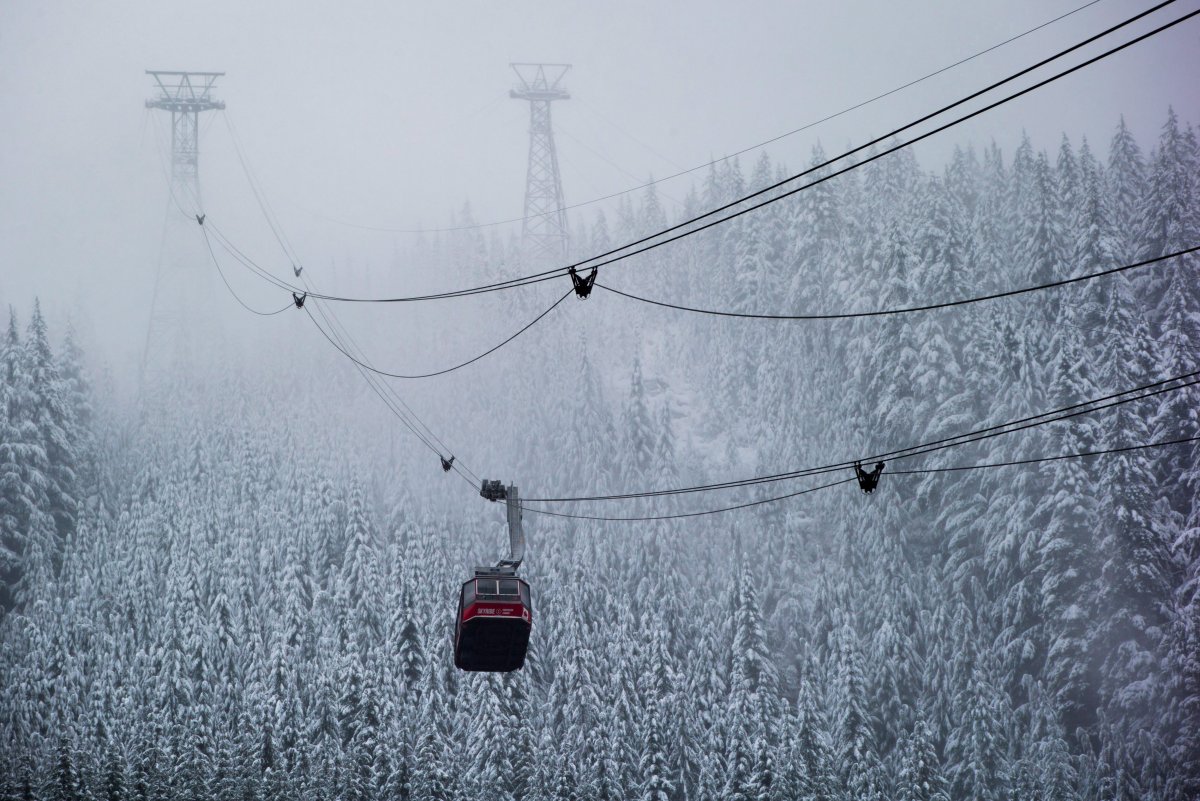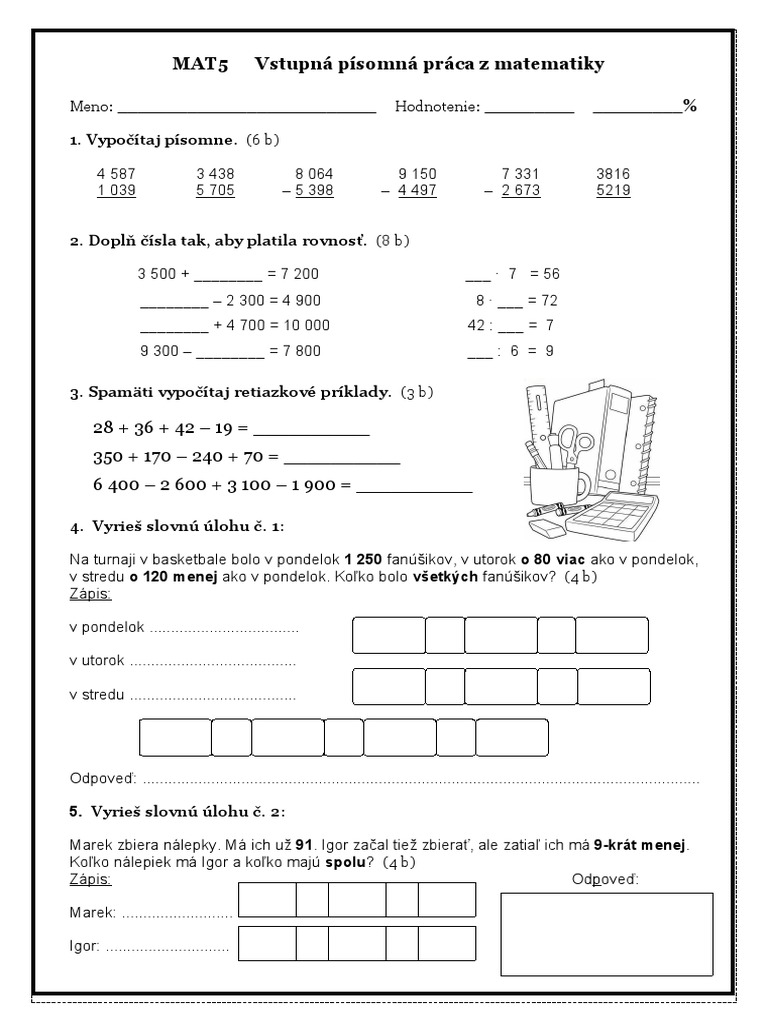Driving In A Wintry Mix Of Rain And Snow

Table of Contents
Understanding the Dangers of a Wintry Mix
Driving in a wintry mix of rain and snow presents unique challenges compared to driving in solely snowy or rainy conditions. The combination of water and snow creates a significantly more hazardous driving environment. The unpredictability of a wintry mix makes it particularly dangerous.
-
Black ice formation: Black ice is arguably the biggest threat. This nearly invisible layer of ice forms when rain freezes on the road surface, creating an incredibly slippery and treacherous driving condition. It's difficult to see, making it even more dangerous. Spotting black ice requires extra vigilance and awareness.
-
Reduced visibility: Slushy snow and rain reduce visibility significantly. This limits your reaction time and increases the risk of collisions. Using your headlights, even during daylight hours, is crucial in these conditions.
-
Slower reaction times due to decreased traction: The combination of snow and water drastically reduces traction, meaning your vehicle takes longer to stop and requires more time to maneuver. This is a major contributor to accidents during a wintry mix.
-
Increased risk of hydroplaning: The presence of water on the road, even when mixed with snow, increases the risk of hydroplaning. This occurs when your tires lose contact with the road surface, making steering virtually impossible.
-
Sudden changes in road conditions: A wintry mix can lead to unpredictable changes in road conditions, with patches of ice and slush appearing unexpectedly. This requires constant alertness and adaptability from the driver.
Preparing Your Vehicle for a Wintry Mix
Proper vehicle preparation is paramount before venturing out in a wintry mix. Neglecting this step can significantly increase your risk.
-
Check tire pressure and tread depth: Ensure your tires are properly inflated and have sufficient tread depth. Consider using winter tires for optimal traction in snowy and icy conditions. Winter tires are specifically designed to grip better on snow and ice than all-season tires.
-
Ensure adequate windshield washer fluid (with de-icer): Visibility is critical in a wintry mix. Make sure you have enough washer fluid, preferably one with de-icer, to keep your windshield clear.
-
Top up your fuel tank: Running out of gas in cold, hazardous conditions is a serious risk. Keep your fuel tank topped off, especially during winter months.
-
Pack an emergency kit: Prepare a comprehensive emergency kit including jumper cables, blankets, non-perishable snacks, water, a flashlight, a first-aid kit, and an ice scraper. This kit will be invaluable if you become stranded.
-
Check your battery and lights: Cold weather can impact battery performance. Ensure your battery is in good condition and all your lights are functioning properly.
Driving Techniques for a Wintry Mix
Adjusting your driving techniques is crucial for safe travel during a wintry mix. Remember, safety should always be your top priority.
-
Increase following distance significantly: Maintain a much greater following distance than you would in normal conditions. This gives you more time to react to sudden stops or changes in road conditions.
-
Accelerate and brake gently: Avoid sudden acceleration or braking, as this can cause loss of traction and lead to skidding. Smooth, gradual movements are essential.
-
Avoid sudden maneuvers: Avoid any sudden steering movements. Make gentle, controlled turns to maintain control of your vehicle.
-
Use your headlights even during the day: Improved visibility is critical, even in daylight. Your headlights help other drivers see you more easily.
-
Know your braking distance and adjust accordingly: Braking distances are significantly longer in a wintry mix. Increase your following distance to compensate.
-
Avoid cruise control: Cruise control should be avoided in slippery conditions as it reduces your ability to quickly react to changing road conditions.
-
Stay aware of black ice indicators: Watch for shiny patches on the road, which can indicate the presence of black ice. These patches often appear darker than the surrounding road surface.
Navigating Curves and Hills in a Wintry Mix
Curves and hills pose additional challenges in a wintry mix. Take extra precautions when approaching these areas.
-
Reduce speed before entering curves and hills: Reduce your speed well before entering curves and hills to maintain control and avoid losing traction.
-
Avoid uphill starts if possible: If possible, avoid starting on an incline. If you must start uphill, try to find a good spot with some traction.
-
Maintain momentum on inclines: Once you've started on an incline, maintain momentum to avoid losing traction.
-
Be prepared for potential loss of traction: Be prepared for potential loss of traction, and know how to react to a skid (see section below).
What to Do if You Skid
Skidding is a serious risk in a wintry mix. Knowing how to react is crucial.
-
Steer in the direction of the skid: If your vehicle starts to skid, steer gently in the direction the rear of your vehicle is skidding.
-
Avoid braking hard: Avoid slamming on the brakes, as this can worsen the skid. Ease off the gas pedal instead.
-
Ease off the gas pedal: Gently ease off the gas pedal to allow the vehicle to slow down.
-
Once you regain control, gently steer towards your intended path: Once you've regained control, steer your vehicle gently back to your intended path.
Conclusion
Driving in a wintry mix of rain and snow presents significant challenges. By understanding the risks, preparing your vehicle, and employing safe driving techniques, you can significantly reduce your risk of accidents. Remember to always check weather forecasts before you travel, allow extra time for your journey, and prioritize safety. Mastering safe driving in a wintry mix is crucial for protecting yourself and others on the road. Don't let inclement weather catch you off guard; stay prepared and drive safely in a wintry mix. Always be aware of the potential dangers of driving in a wintry mix and adjust your driving accordingly for a safe journey.

Featured Posts
-
 India Makes History 19 Paddlers At Wtt Star Contender Chennai
May 21, 2025
India Makes History 19 Paddlers At Wtt Star Contender Chennai
May 21, 2025 -
 Flexibilna Praca Home Office Kancelaria Alebo Kombinacia
May 21, 2025
Flexibilna Praca Home Office Kancelaria Alebo Kombinacia
May 21, 2025 -
 Jd Vances Socks And Other Hilarious Wh Moments With Trump And The Irish Pm
May 21, 2025
Jd Vances Socks And Other Hilarious Wh Moments With Trump And The Irish Pm
May 21, 2025 -
 Abn Amro Zijn Nederlandse Huizen Betaalbaar Reactie Geen Stijl
May 21, 2025
Abn Amro Zijn Nederlandse Huizen Betaalbaar Reactie Geen Stijl
May 21, 2025 -
 Effecient Bankieren In Nederland Gebruik Maken Van Tikkie
May 21, 2025
Effecient Bankieren In Nederland Gebruik Maken Van Tikkie
May 21, 2025
